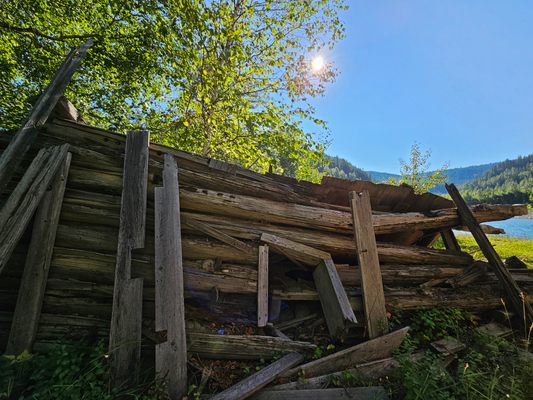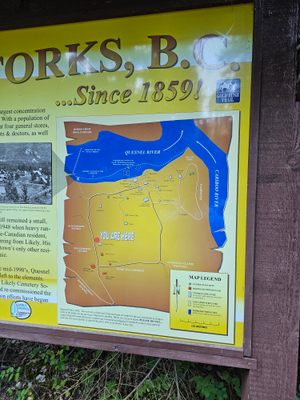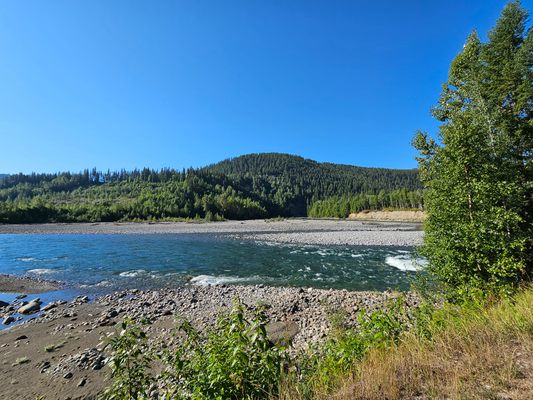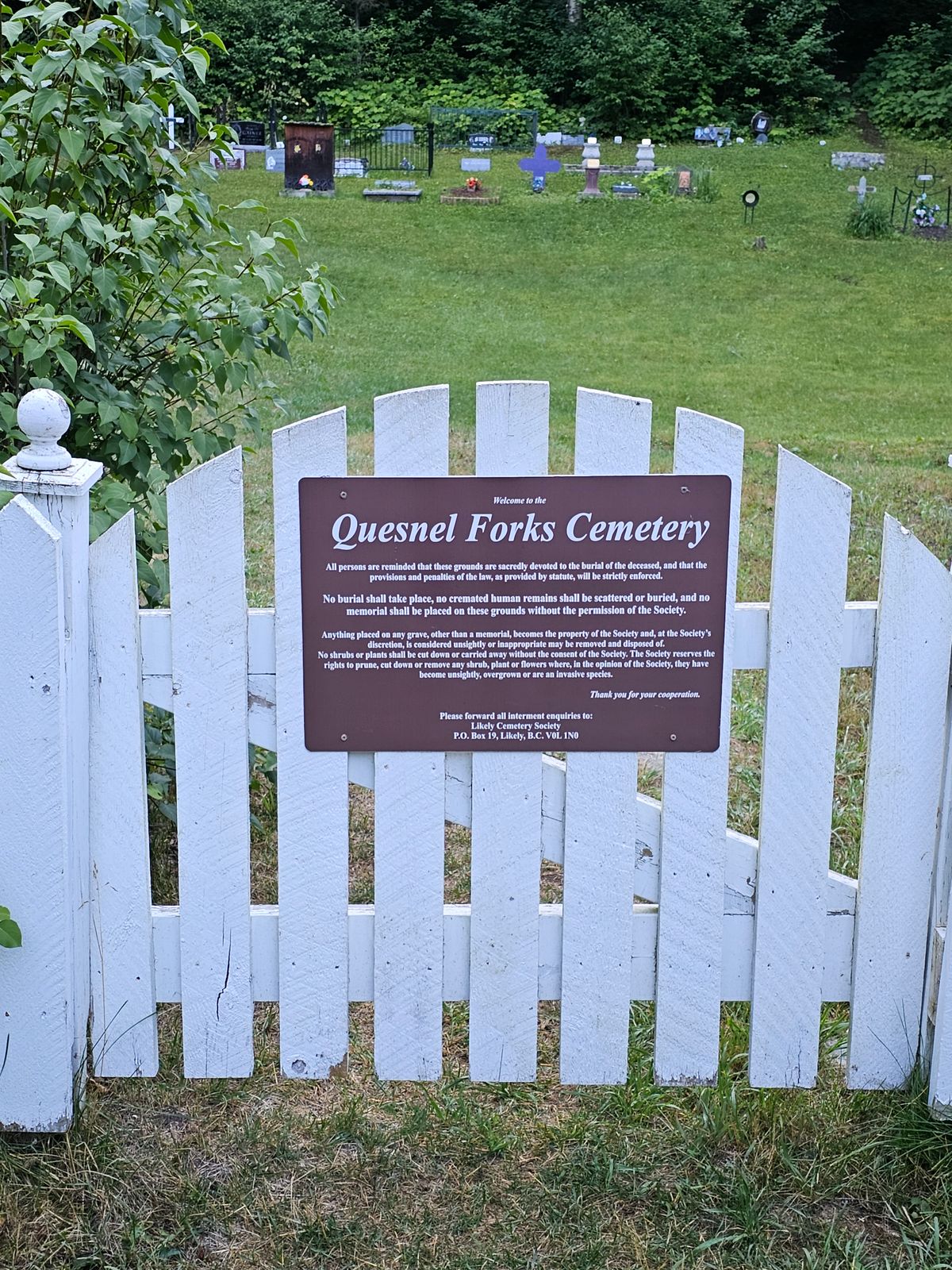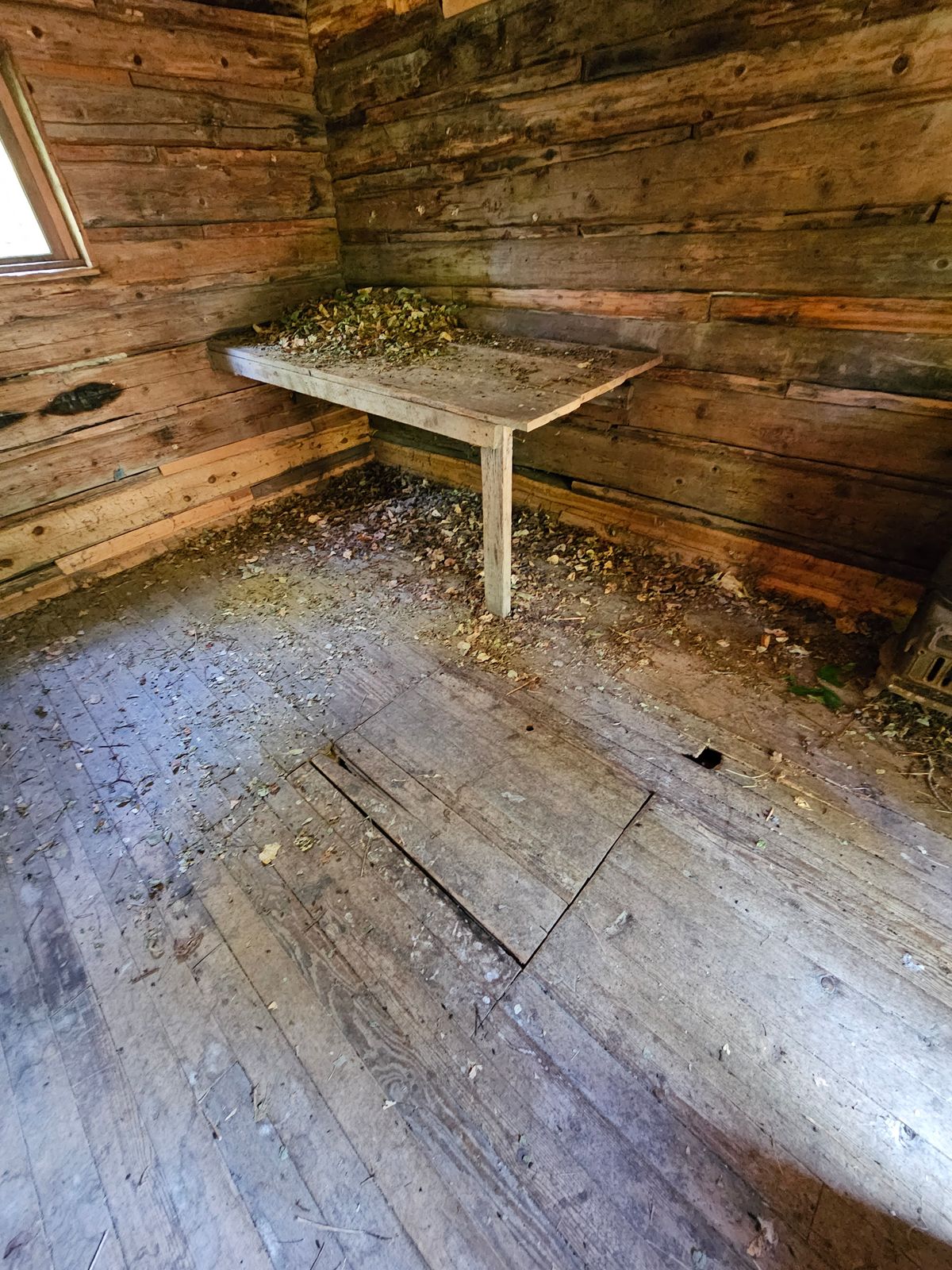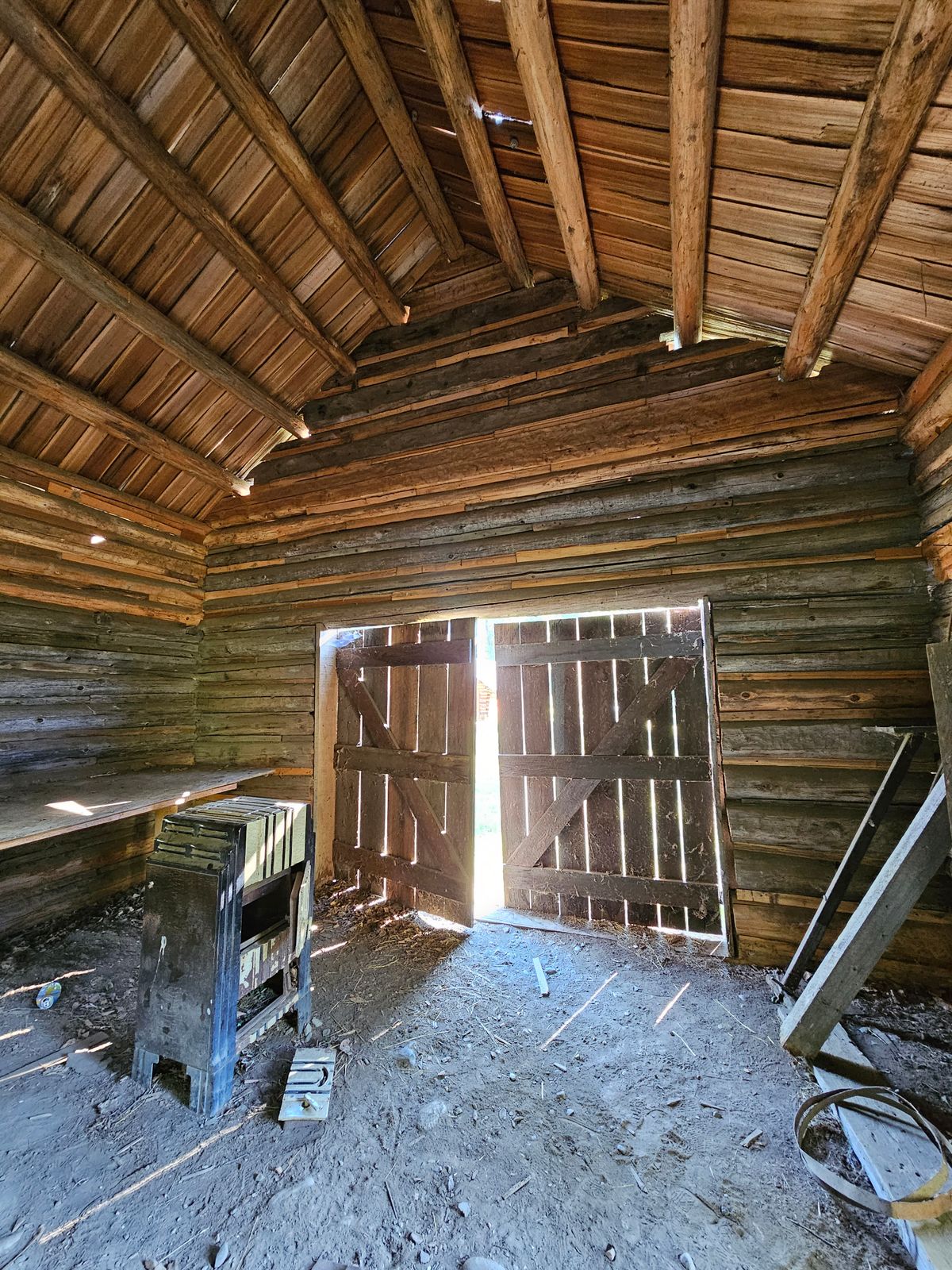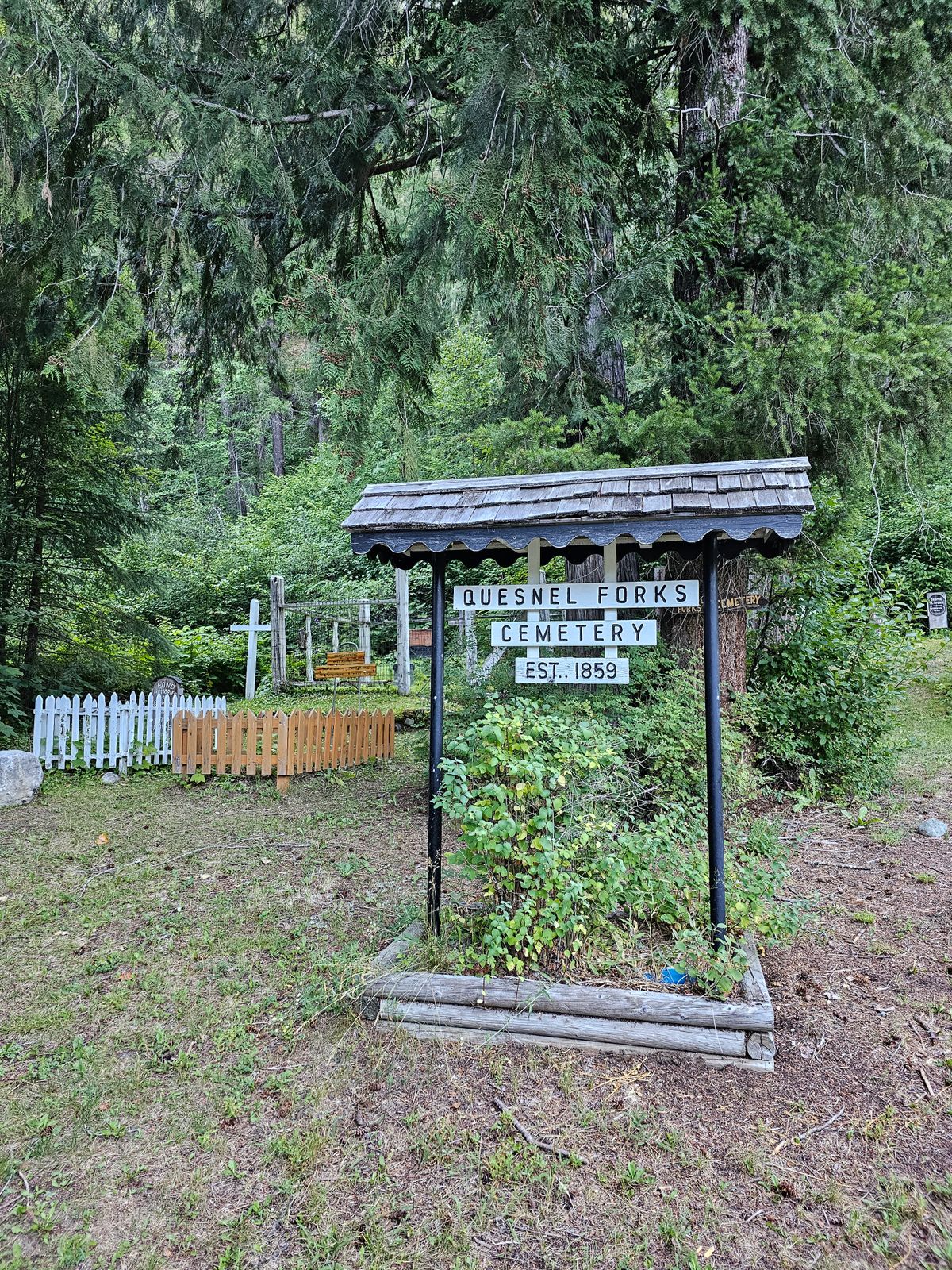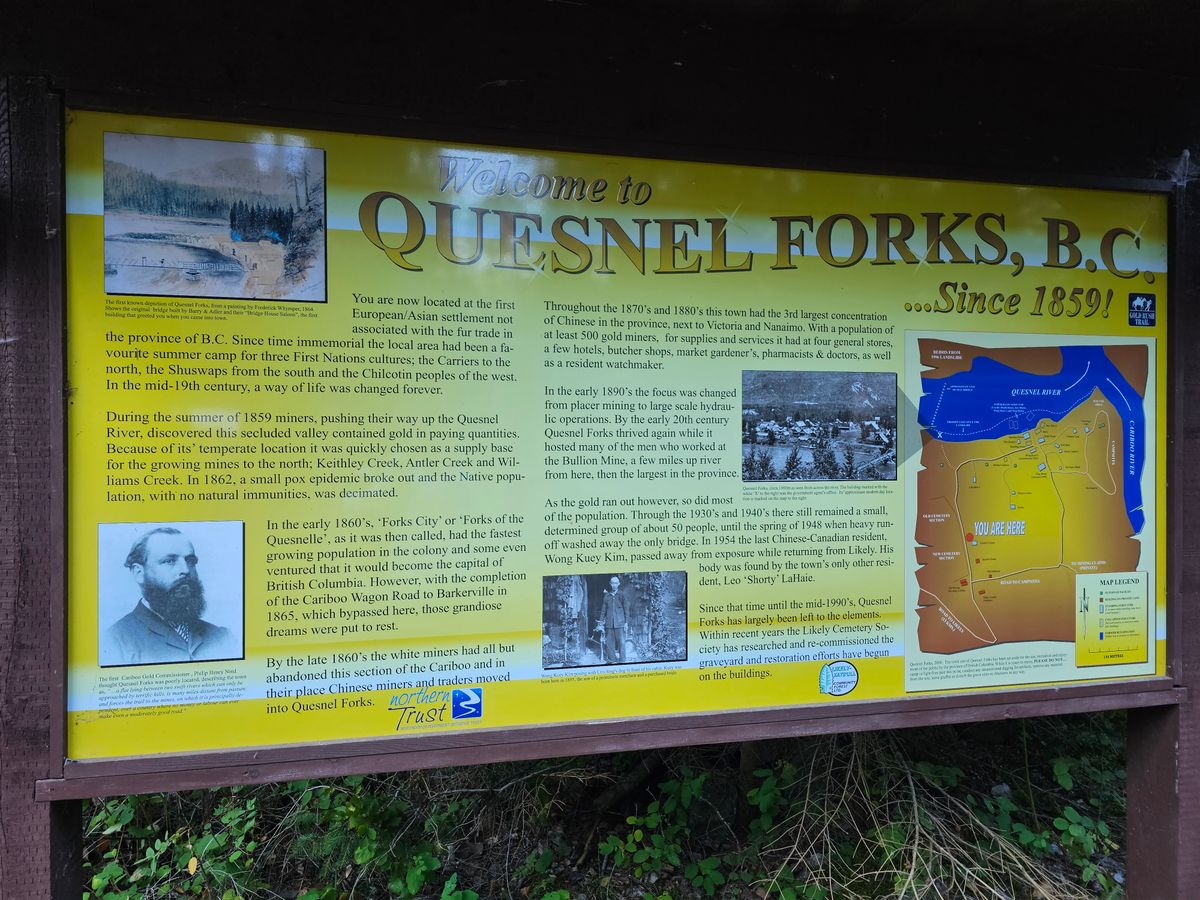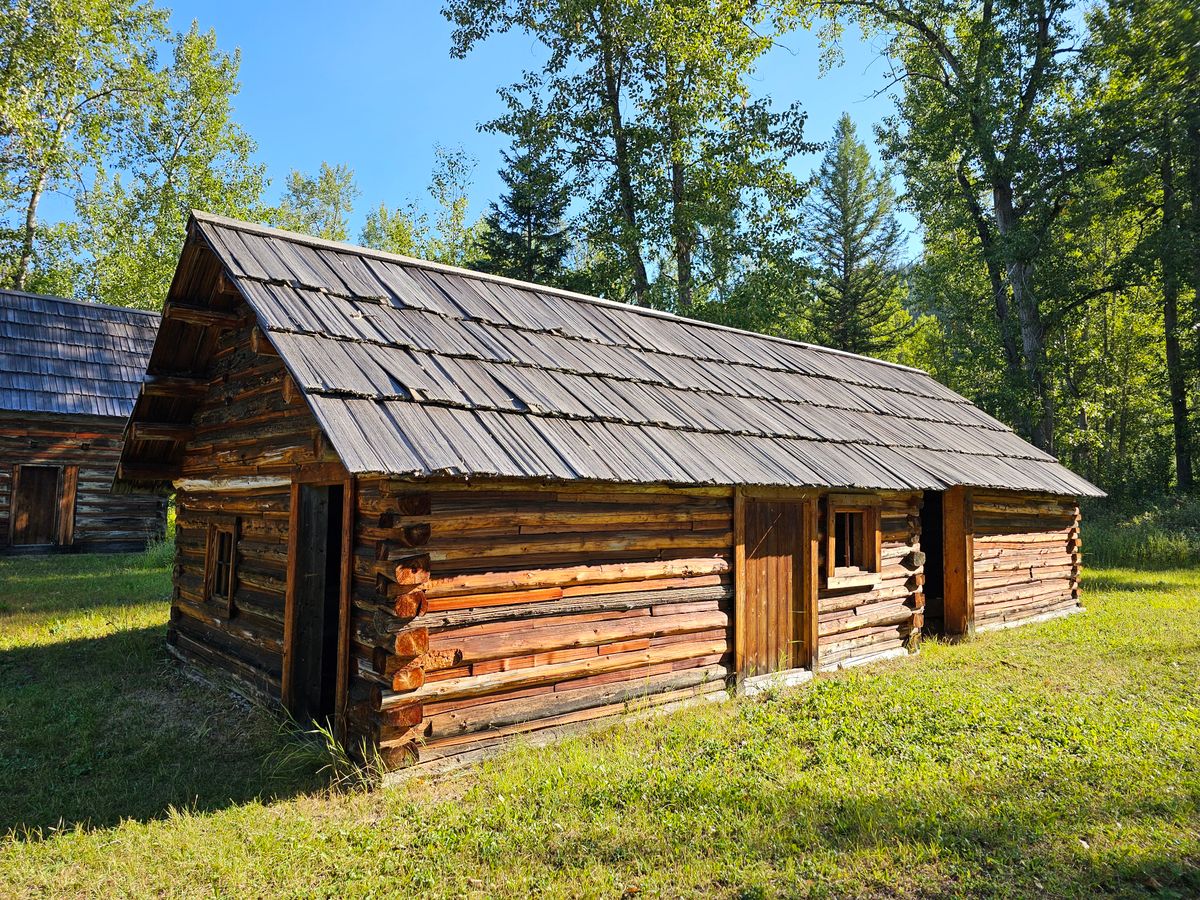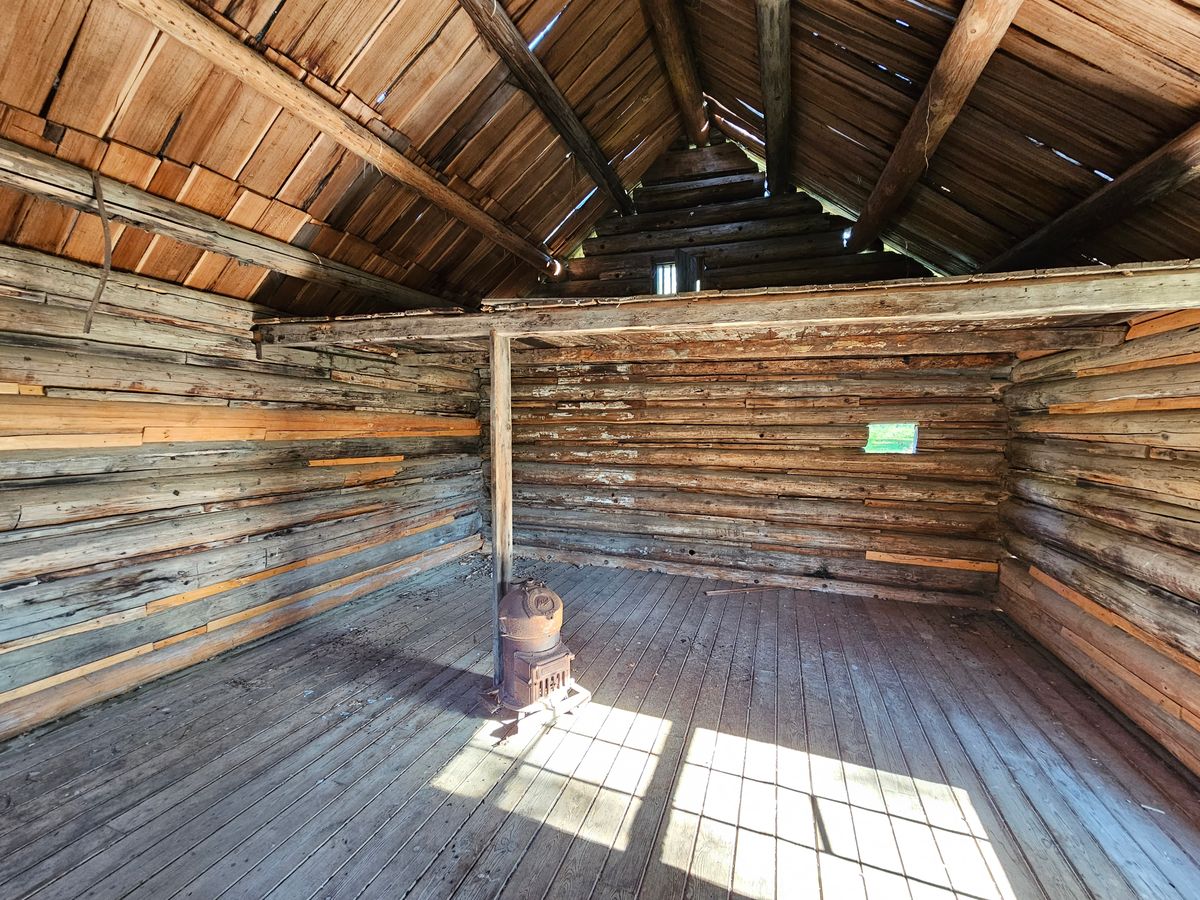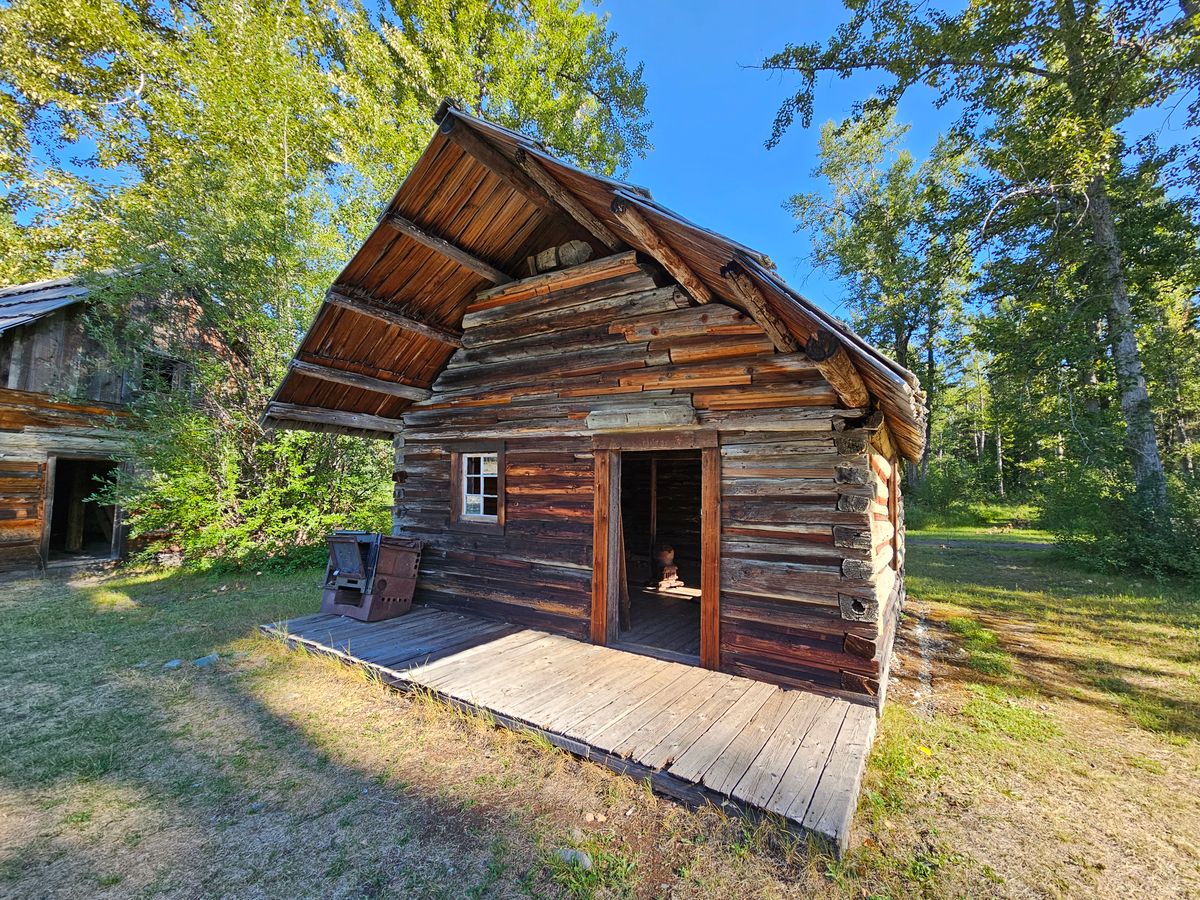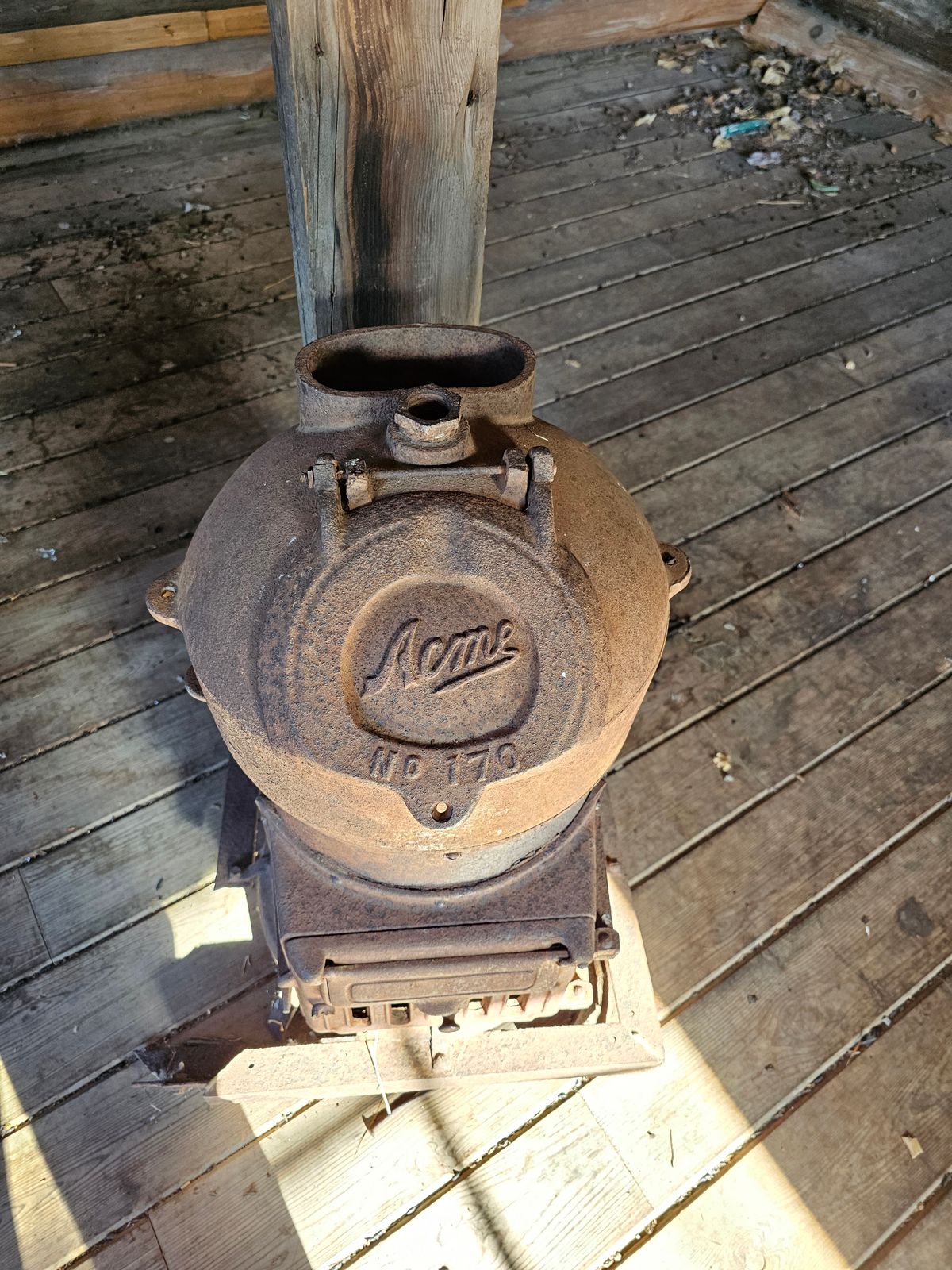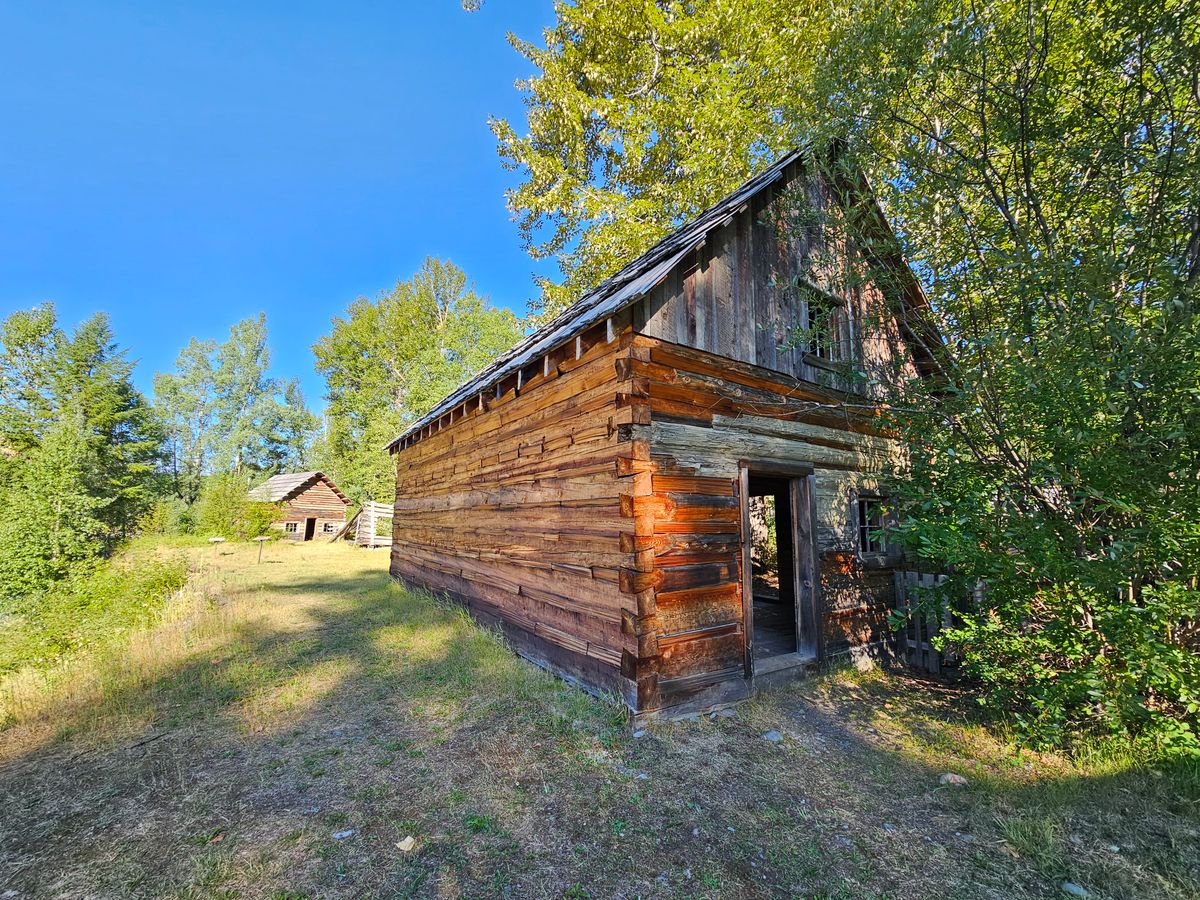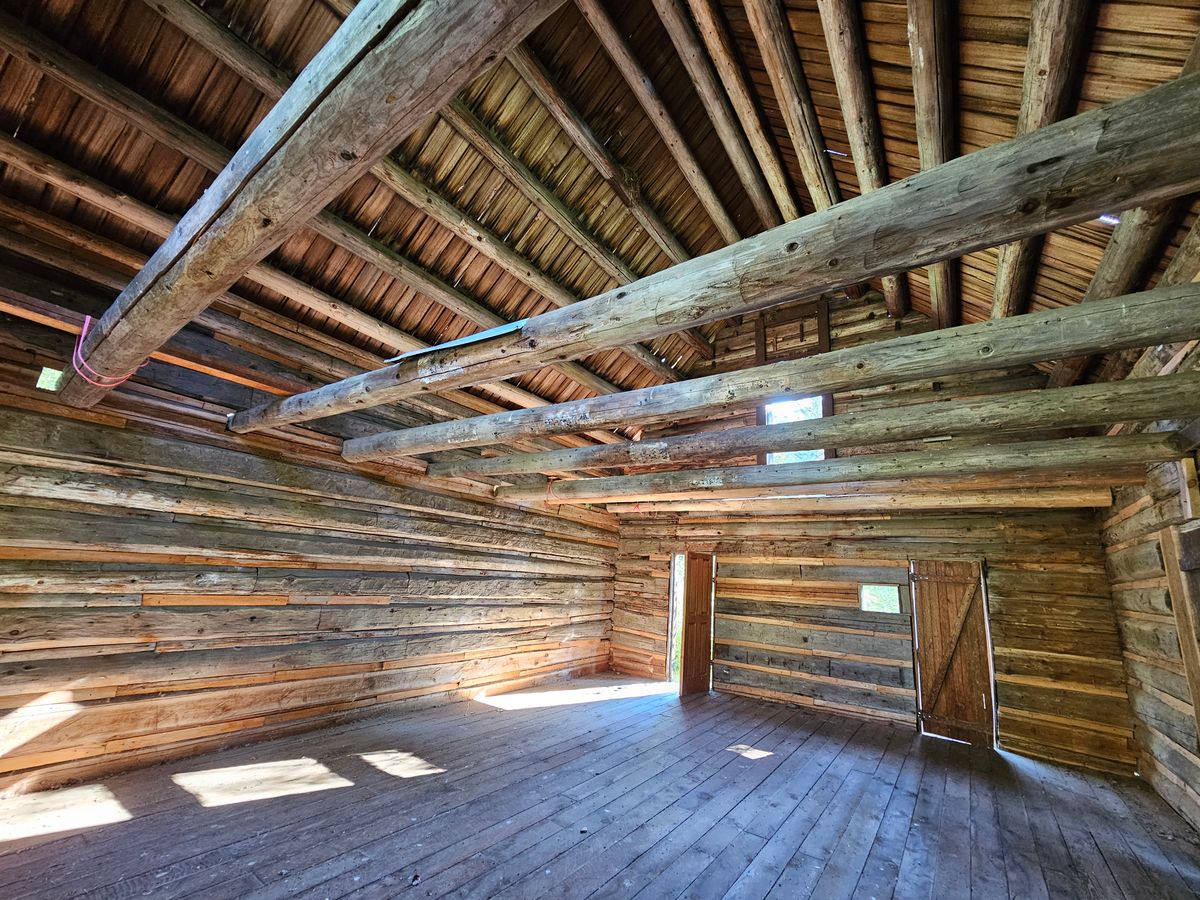About
Deep in the heart of British Columbia, sits a ghost town and heritage site called Quesnel Forks. All that remains today are some wooden buildings and a cemetery that hints at the place's deep past.
Quesnel Forks is located where the Quesnel and Cariboo rivers meet, creating a "fork" in the river. In the summer of 1859, European and Asian gold miners travelled up the Quesnel River and discovered a beautiful valley that was littered in gold. This area became a supply camp for all the nearby gold mines that popped up. At its peak, town had four general stores, a few hotels, butcher shops, market gardeners, pharmacies and doctors, and a resident watchmaker.
But the miners weren't the only people in town. The area was traditionally inhabited by three First Nations communities: The Carriers to the north, the Shuswap to the south, and the Chilcotin peoples to the west. When an epidemic of smallpox broke out amongst the miners and townspeople, the Native communities had no natural immunity to combat the foreign disease, leading to many deaths.
During the early decades of the 1900s, the miners began to leave town as gold supplies dwindled. The people of Quesnel Forks began to move on to other mining towns. In 1954, Quesnel Forks had a single remaining resident.
Now, the local cemetery, which was restored by the Likely Cemetery Society, holds reminders of the town's past. The headstones tell stories of segregation and tragedies suffered by the residents of a once-booming gold town, turned ghost town.
Related Tags
Know Before You Go
The road is quite bumpy, so an SUV or truck with higher clearance is recommended. There is recreation campsites that have fire pits and picnic tables located near the river. These are no-fee sites that are first come, first served.
Published
May 15, 2024



























